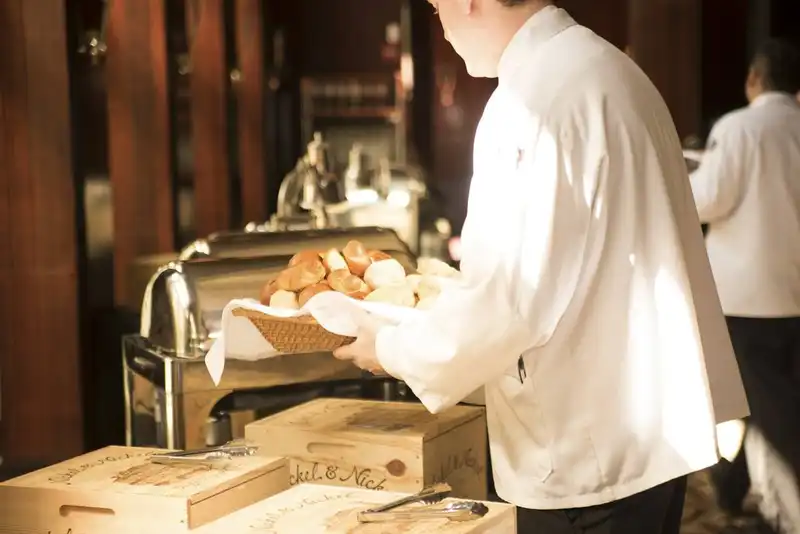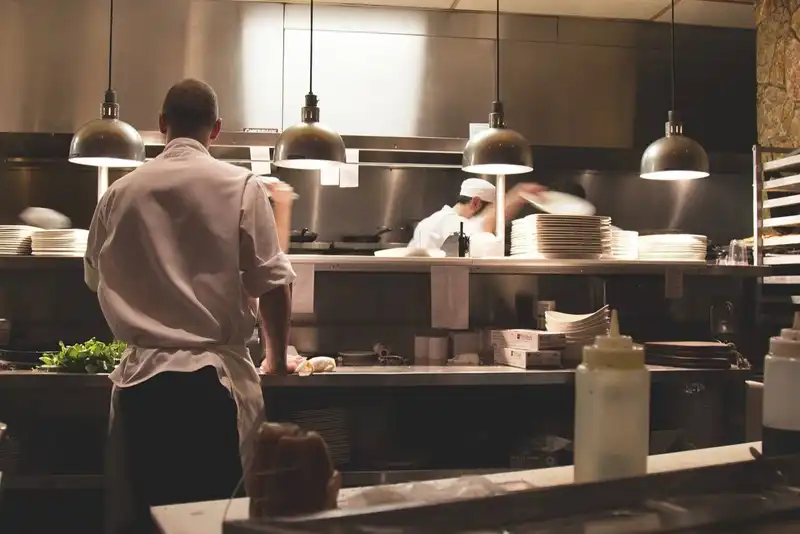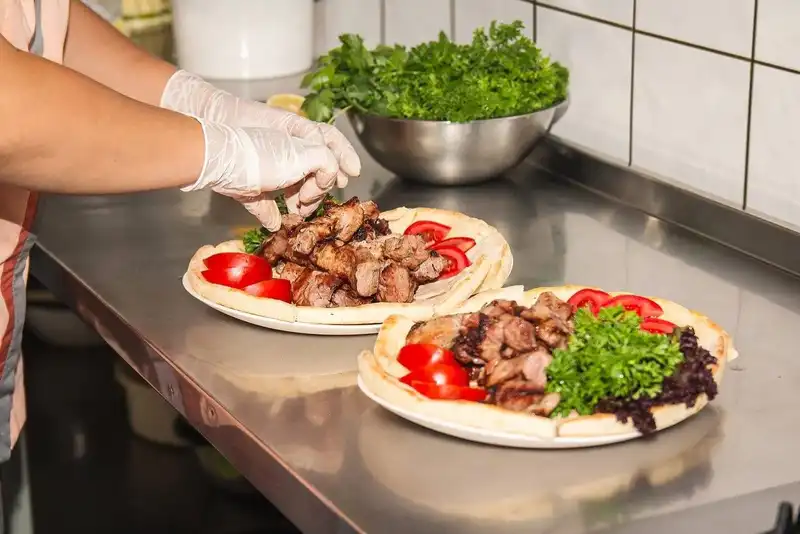Developing Kitchen Communication Between the Front and Back House
The Importance of Kitchen Communication
Effective communication between kitchen and restaurant staff is the foundation for great customer experience.
What makes a great customer experience is the seamless communication and teamwork between the kitchen and restaurant staff.
For example, all customer queries and requests are answered promptly, food is served on time and tastes delicious, and customers feel they are important and cared for by your staff.
While it may seem the most significant contributing factor to an amazing customer experience is the restaurant staff, the kitchen staff also play a major role in it.
For example, without the kitchen staff communicating the latest menu updates and changes, the restaurant staff may convey incorrect information, which can lead to dissatisfied customers. This could negatively impact your sales and reputation.
How to Improve Kitchen Communication
The importance of seamless kitchen communication is paramount to ensure that all meals are prepped and served in a timely manner.
It's very important to understand that without maintaining efficient and well-operated communication between the front house and back house any restaurant business would quickly fall apart.
Below are concrete tips on how to improve kitchen communication between servers and cooking staff-
1. Anticipate Customer Questions

Typically, the communication breakdown between the kitchen and restaurant staff is due to a lack of knowledge or experience.
If a restaurant staff doesn't know the allergens in foods, he or she had to ask the kitchen. Multiply that by 8 to 10 times on a shift, it's no wonder kitchen staff get frustrated.
To prevent this from happening, anticipate what questions a customer would ask about the food and get your kitchen staff to educate the floor about recipe ingredients, allergens, cooking methods, and other relevant information.
The more your restaurant staff know about the food, the better ambassadors they will be to their customers.
This also reduces the number of interruptions in the kitchen, thus allowing chefs to focus on kitchen operations.
2. Have A Shared Goal
Most kitchen staff often stay safely behind that swinging door, separated from the floor. They often think that their only goal is to turn raw ingredients into delicious, presentable foods.
The same goes for the restaurant staff. They rarely enter the kitchen and think their only job is to serve and take care of customers.
The reality is that the kitchen and restaurant staff share a common goal- to deliver a great customer experience.
Why are shared goals important?
Having common goals gives management and staff something to work toward together. This improves morale on both sides, increases trust between different levels of staff, and brings everyone together.
To start, discuss with your team and decide what your common goals are. Make those goals visible in your premise. Talk about your common goals during daily check-ins.
3. Collect And Encourage Feedback

Obtaining feedback from the ground up is one of the best ways to know how your team feels about the management, restaurant, and each other.
How does feedback help you in identifying the communication gap?
By asking the right questions, feedback helps uncover the underlying problems and dissatisfactions among your staff, including communication problems. Then, you can take proper actions to address the issues.
For example, from the feedback, you realized a cold war has been happening for weeks between the kitchen and restaurant staff under your nose.
After investigating around, it was actually caused by a misunderstanding. Now, you can take appropriate actions, resolve the issue, and place suitable systems to prevent it from happening again.
To collect feedback effectively, create opportunities for your staff to give feedback to you. You can ask openly during regular check-ins, arrange one-on-one conversations, or use a feedback box to collect feedback anonymously.
4. Use Communication Tools
Using the right communication tools can help reduce misunderstandings and friction among your staff.
You can use restaurant-friendly apps to automate scheduling and send menu updates, alerts, announcements, kitchen and floor status to everyone at a click of a button. This ensures everyone gets accurate information without delays.
These apps also offer specific-group chats and one-on-one conversations. These channels can be great places to share personal updates with your team, which can help dissolve the sharp divide between the front and back of the house.
5. Get To Know Each Other

How well does your kitchen staff know the restaurant staff and vice versa?
Some chefs and restaurant staff have been working together for weeks or even months without ever learning each other's names. Such a negative environment can disrupt communication, decrease productivity and efficiency, and impact the business's bottom line.
What you can do as a restaurant owner is to create opportunities for all of your staff to know each other.
A simple once-a-week or month company meal with some light team building activities is a great start. Get your kitchen and restaurant staff to mingle around and let them have some fun around each other's company.
Conclusion
It is undeniable that everyone in the restaurant, kitchen, and floor, needs to communicate well to deliver a great customer experience.
With effective communication between your kitchen and restaurant staff, you get to create a fantastic experience for your customers, which ultimately contributes to your restaurant's success.
As a restaurant owner, here are 5 things you can do to improve communication between your staff-
1. Anticipate customer questions
2. Have a shared goal
3. Collect and encourage feedback
4. Use communications tools
5. Get to know each other





